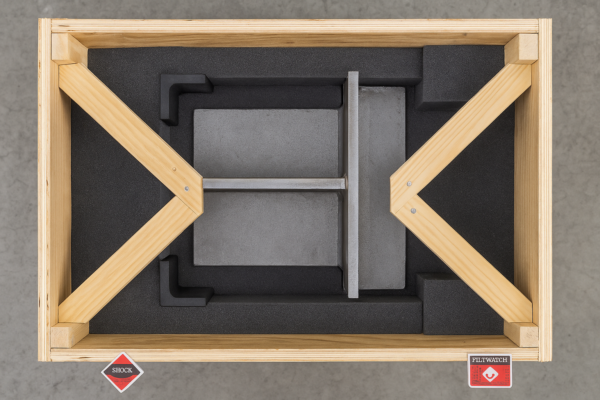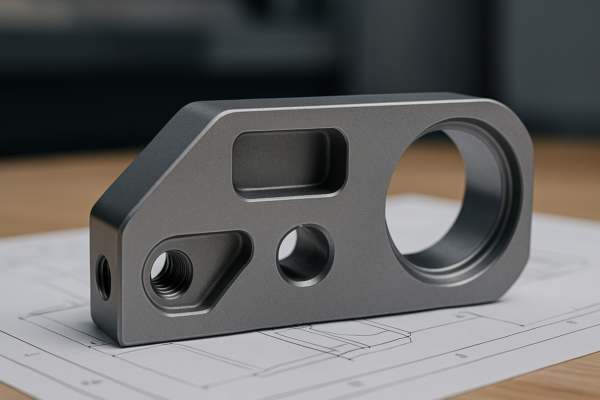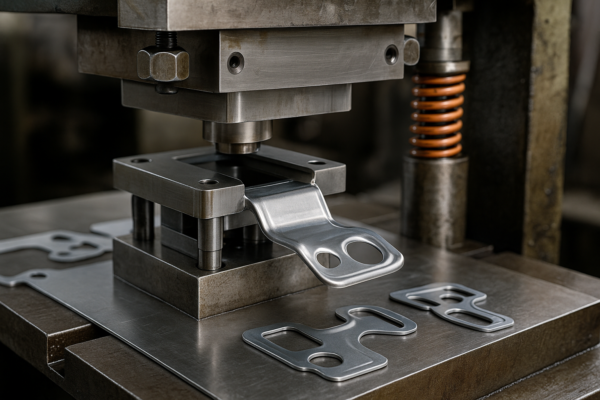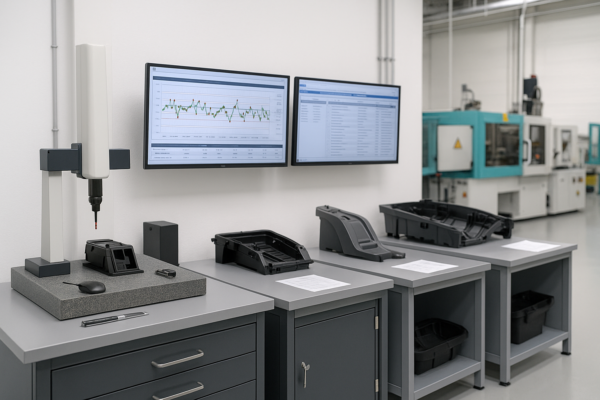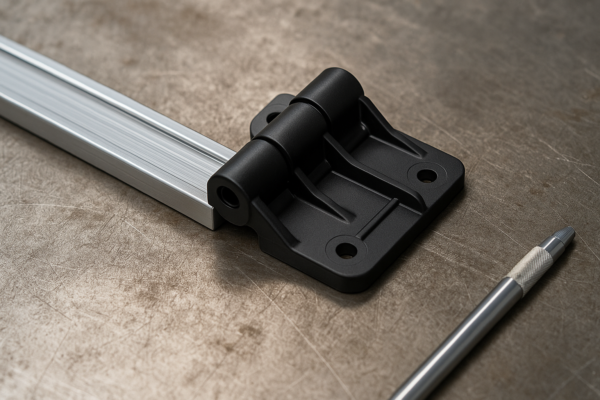How Do You Mix Cement for Casting?
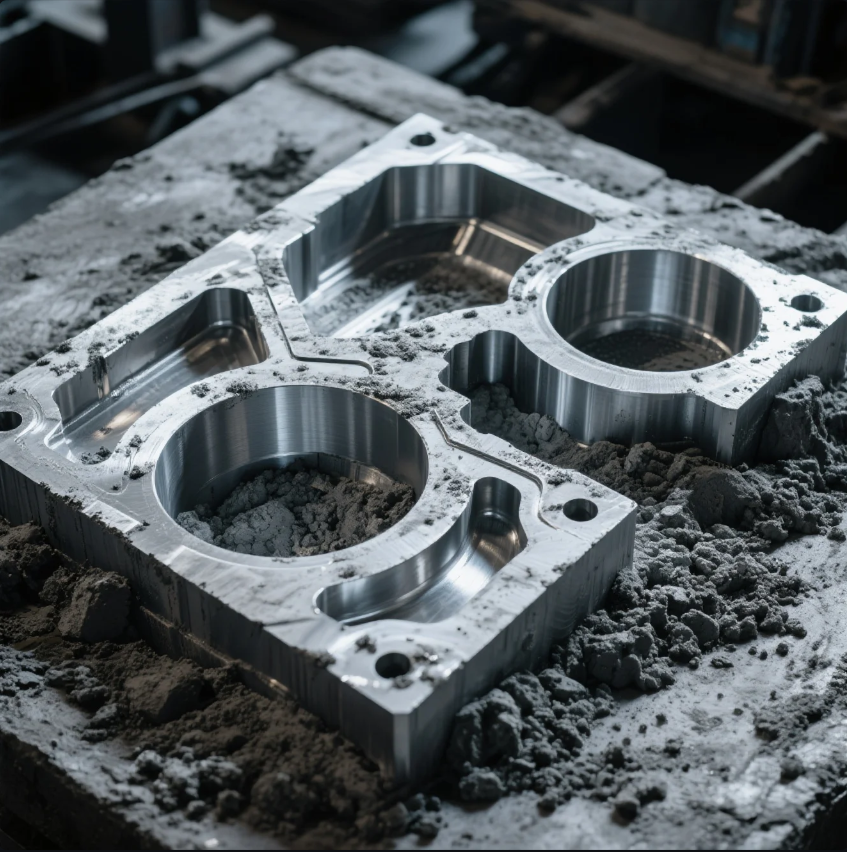
Leading paragraph: Mixing cement for casting is an important process that ensures the final product is strong and durable. Getting the mix right is essential for successful casting in various applications.
Snippet paragraph: Mixing cement for casting involves using the right ratio of materials to achieve the desired consistency and strength. This process is vital for producing high-quality casts that will perform well in their intended use.
Transition paragraph: Let’s explore how to mix cement for casting, covering the proper ratios, mixing methods, and tips for success.
What Is the Ratio of Cement Mix for Casting?
Leading paragraph: The ratio of cement mix for casting is critical to ensure the right consistency and strength for the project. Using the wrong ratio can lead to weak or brittle castings.
Snippet paragraph: A standard cement mix for casting uses a 1:2:3 ratio—1 part cement, 2 parts sand, and 3 parts aggregate. Adjustments may be made based on the type of casting and its specific requirements.
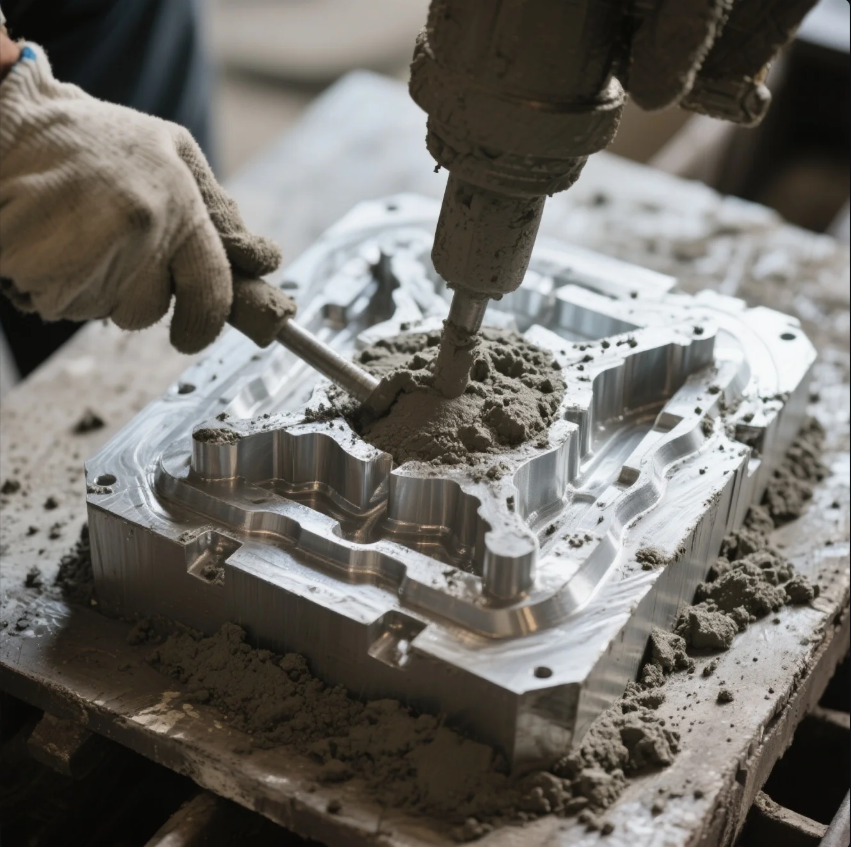
Dive-Deeper paragraph: The typical mix ratio for cement in casting applications is 1:2:3 (cement, sand, and aggregate). This ratio provides a balanced mix that is strong enough for most casting needs while ensuring good flowability. However, if you need a stronger or more fluid mix, adjustments can be made by increasing the amount of cement or reducing the aggregate. Always remember that the exact ratio will depend on the intended use of the cast and any special requirements.
Adjusting the Ratio for Specific Casts
If you’re casting for high-strength applications, such as industrial or heavy-duty parts, you might consider increasing the cement content. On the other hand, if you’re casting for detailed molds, reducing the aggregate size and adding more fine sand will help achieve better detail.
How Do You Make Concrete for Casting?
Leading paragraph: Concrete is a versatile material often used for casting in construction and manufacturing. Making the right concrete mix is essential for ensuring a durable and functional finished product.
Snippet paragraph: Concrete for casting is made by combining cement, sand, aggregate, and water. The correct proportions of each ingredient will vary based on the specific casting project.
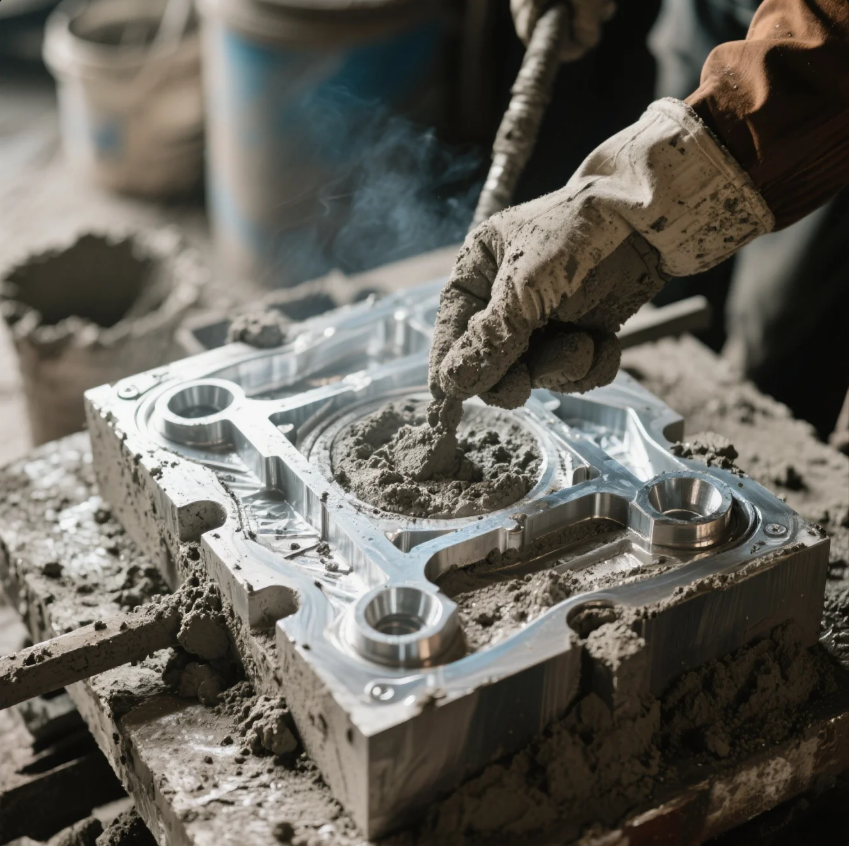
Dive-Deeper paragraph: To make concrete for casting, start with the correct ratio of materials: typically, 1 part cement, 2 parts sand, and 3 parts aggregate. Once the dry ingredients are mixed thoroughly, gradually add water while stirring. The goal is to achieve a consistency that is not too runny but still flows smoothly. A good mix should be thick enough to hold its shape but still pourable enough to fill the mold without air bubbles.
Key Considerations When Making Concrete
The water-to-cement ratio is one of the most important factors in creating concrete. Typically, the water-to-cement ratio should range from 0.4 to 0.6, which ensures that the concrete is strong and workable. Too much water will weaken the concrete, while too little water can make it difficult to mix and pour.
How Do You Mix Castable Cement?
Leading paragraph: Castable cement is used for specialized casting applications, often in high-temperature environments. Mixing castable cement correctly is essential for achieving the desired results.
Snippet paragraph: Castable cement is mixed by combining the dry material with the right amount of water. The mixture should be thick enough to mold but still flow smoothly into the desired shape.
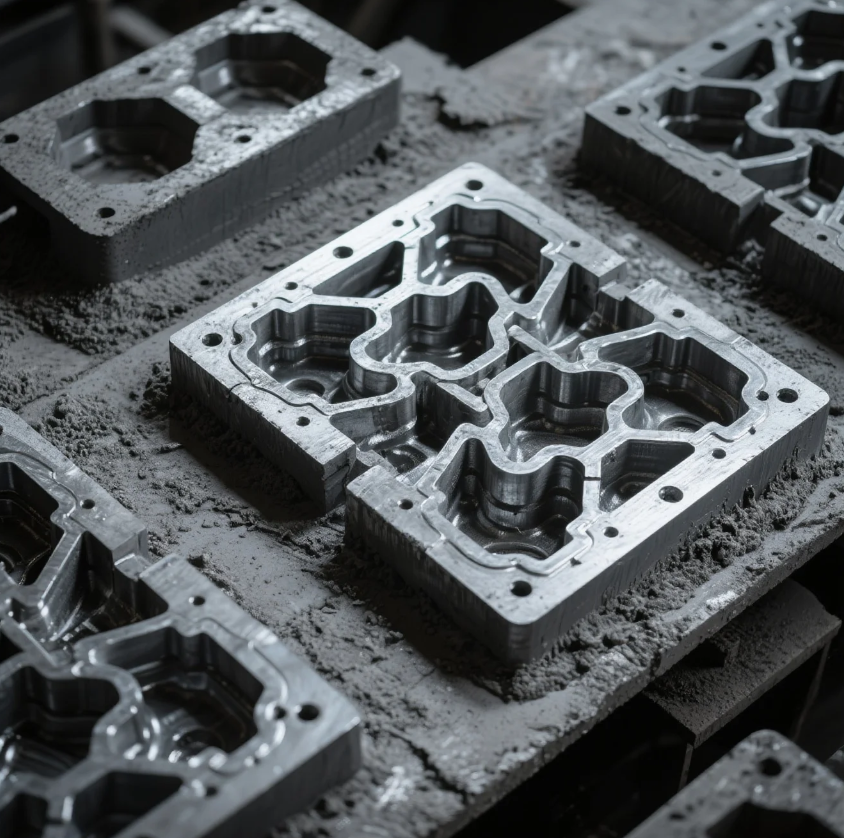
Dive-Deeper paragraph: Castable cement is designed to withstand extreme temperatures, making it ideal for applications such as furnace linings or kilns. To mix castable cement, start by adding the dry castable material to a clean mixing container. Slowly add water, mixing constantly, until the consistency resembles thick pancake batter. The key is to avoid adding too much water, as this can affect the cement’s ability to hold up under high temperatures. Always follow the manufacturer’s instructions for the exact water-to-cement ratio, as this can vary by brand and product.
Mixing Tips for Castable Cement
When mixing castable cement, it’s important to work quickly, as the mixture can begin to harden once water is added. Also, ensure that the mix is free of air pockets, which can weaken the final casting.
How Do You Mix Cement for Mold?
Leading paragraph: Mixing cement for molds requires careful attention to the mix’s consistency and flowability. The right mixture will ensure that the cement fills every part of the mold for a perfect cast.
Snippet paragraph: Mixing cement for molds requires a wetter mix compared to regular concrete, allowing the cement to flow easily into intricate mold details. The ratio typically consists of 1 part cement, 2 parts sand, and 3 parts aggregate.
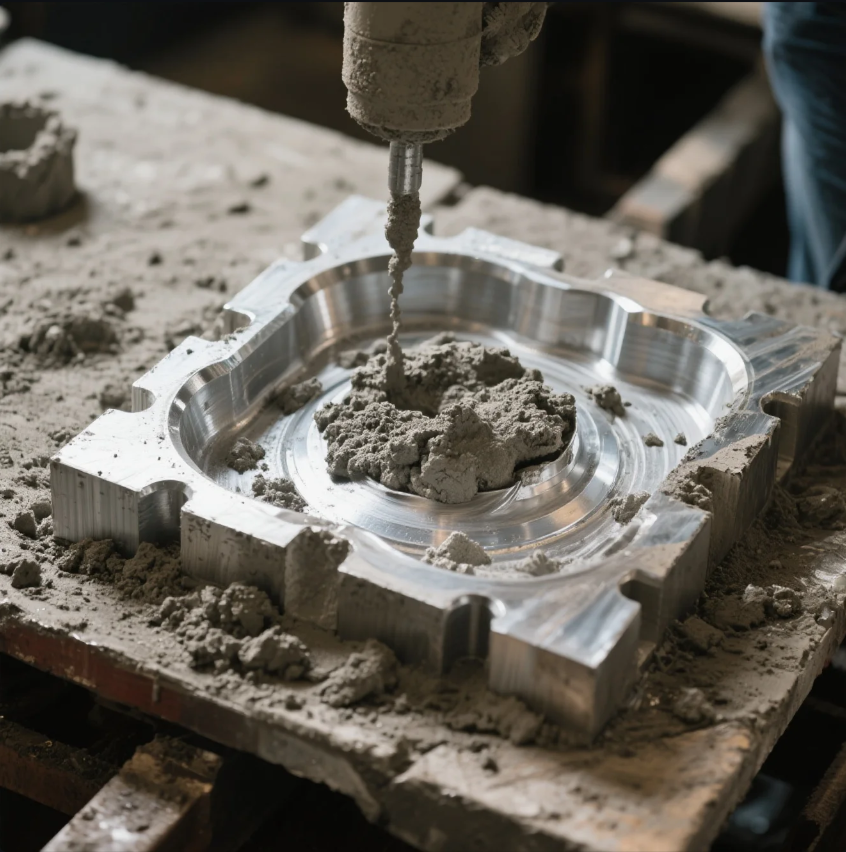
Dive-Deeper paragraph: When mixing cement for molds, it’s crucial to make the mix slightly wetter than a typical concrete mix. This ensures that the cement flows smoothly into all parts of the mold, especially for intricate or detailed designs. A 1:2:3 ratio of cement, sand, and aggregate should be used as a base, but you can increase the sand content for finer details. Gradually add water, mixing until the consistency is pourable but not overly runny. This will help the cement fill the mold completely without leaving air gaps.
Common Mistakes to Avoid When Mixing for Molds
Avoid adding too much water to the mix, as this can weaken the final casting. Also, ensure the mold is clean and well-prepared before pouring the cement to avoid defects in the final product. Using release agents on the mold can help with easy removal once the cement has hardened.
Conclusion
Mixing cement for casting is an essential skill that affects the quality of the final product. By understanding the proper ratios and techniques, you can achieve strong, reliable casts for a wide range of applications. If you’re looking for high-quality, customizable casting solutions for your business needs, don’t hesitate to reach out to Prime. We offer quick delivery and consistently high-quality industrial parts that can be tailored to your specifications.

